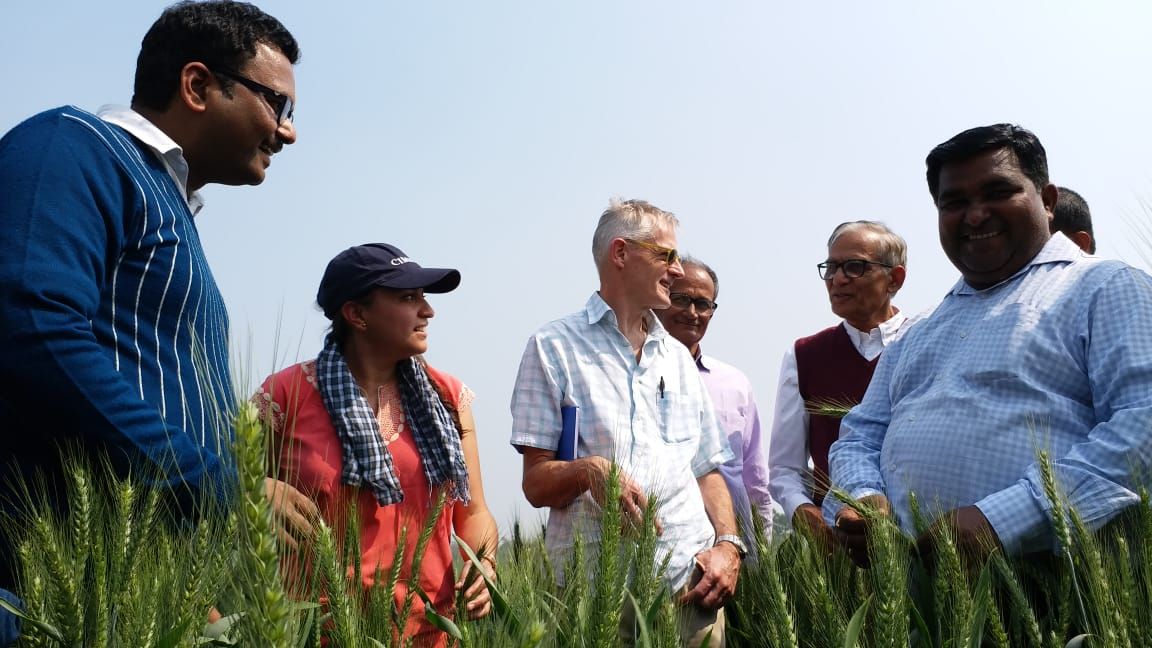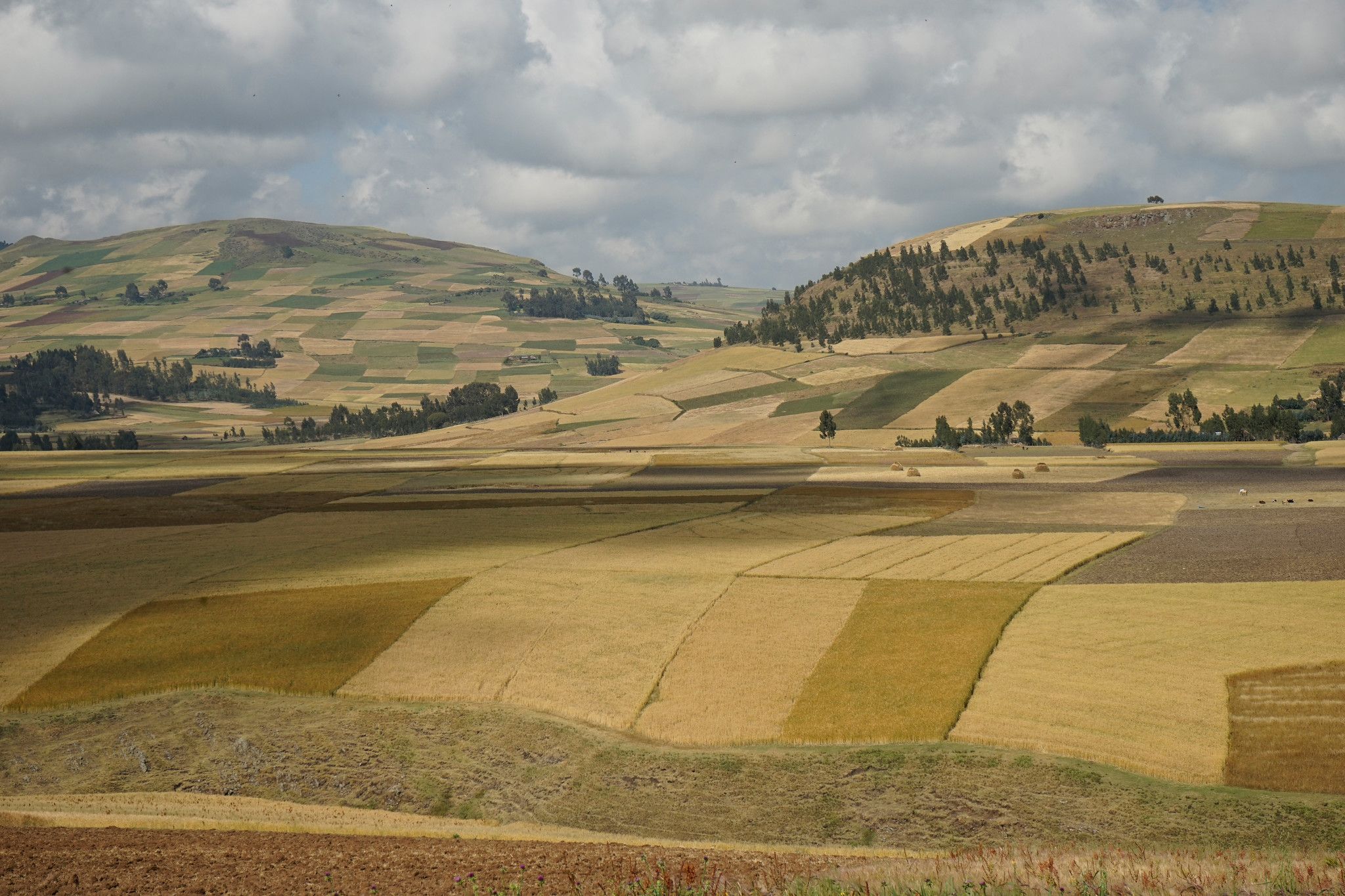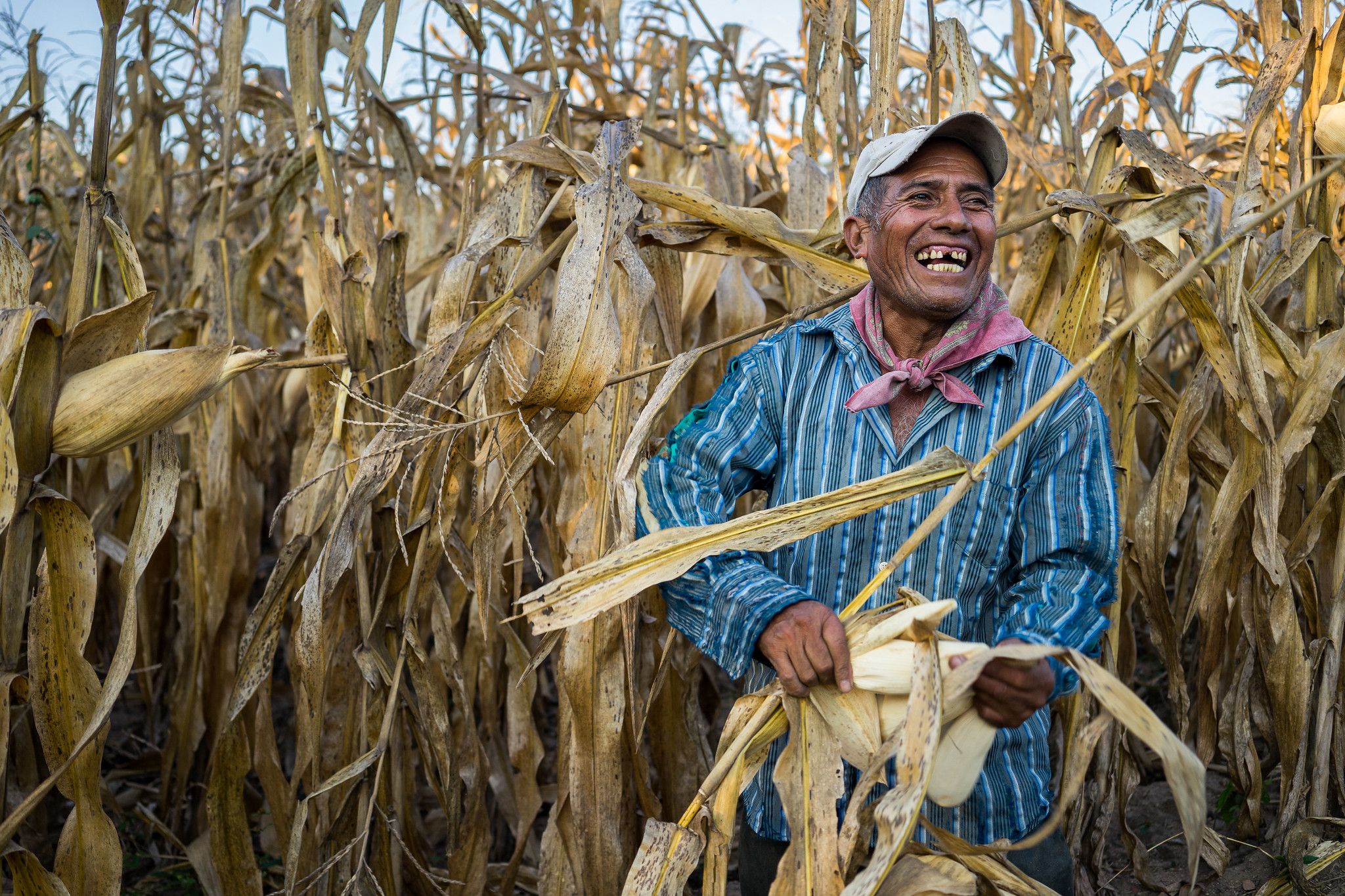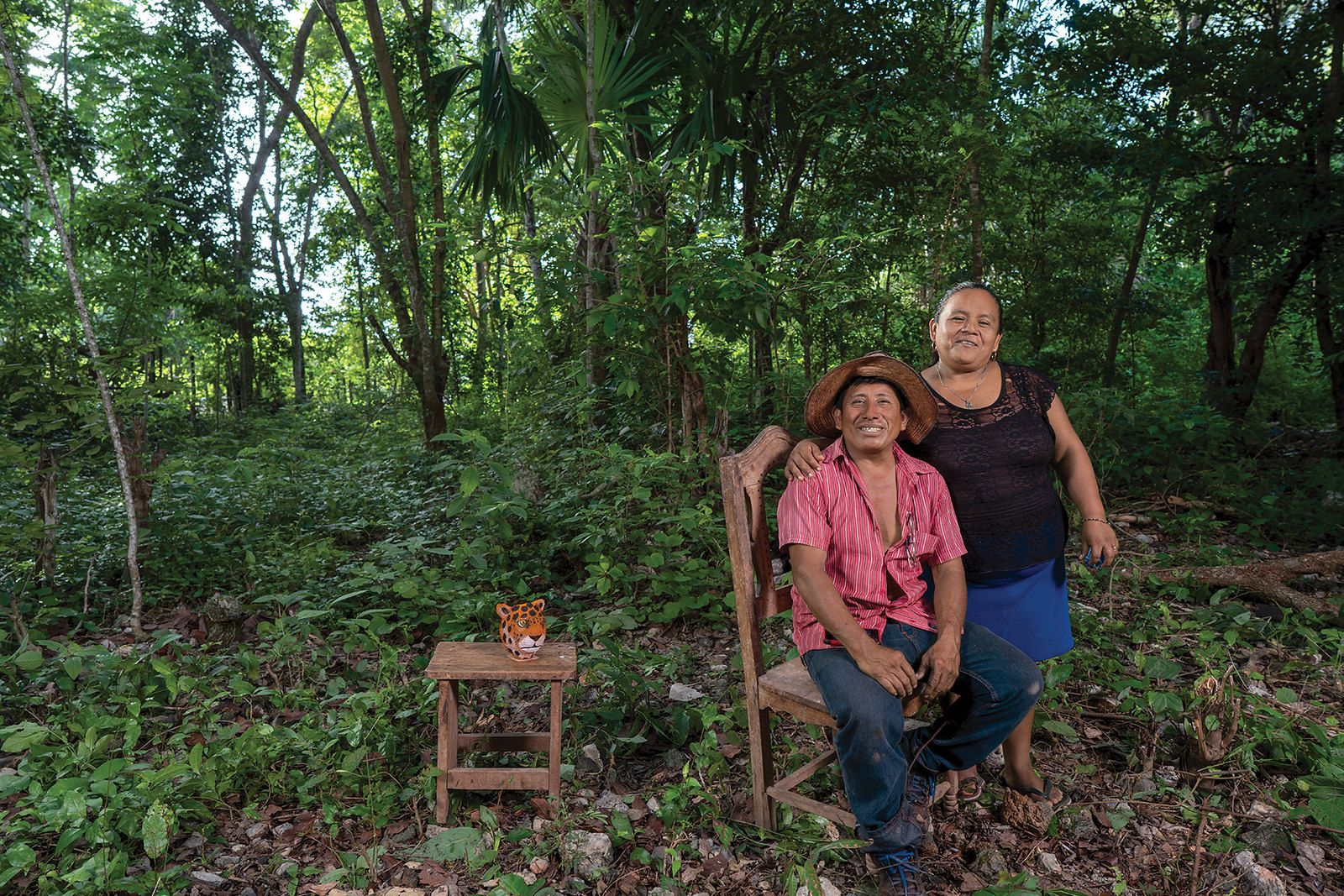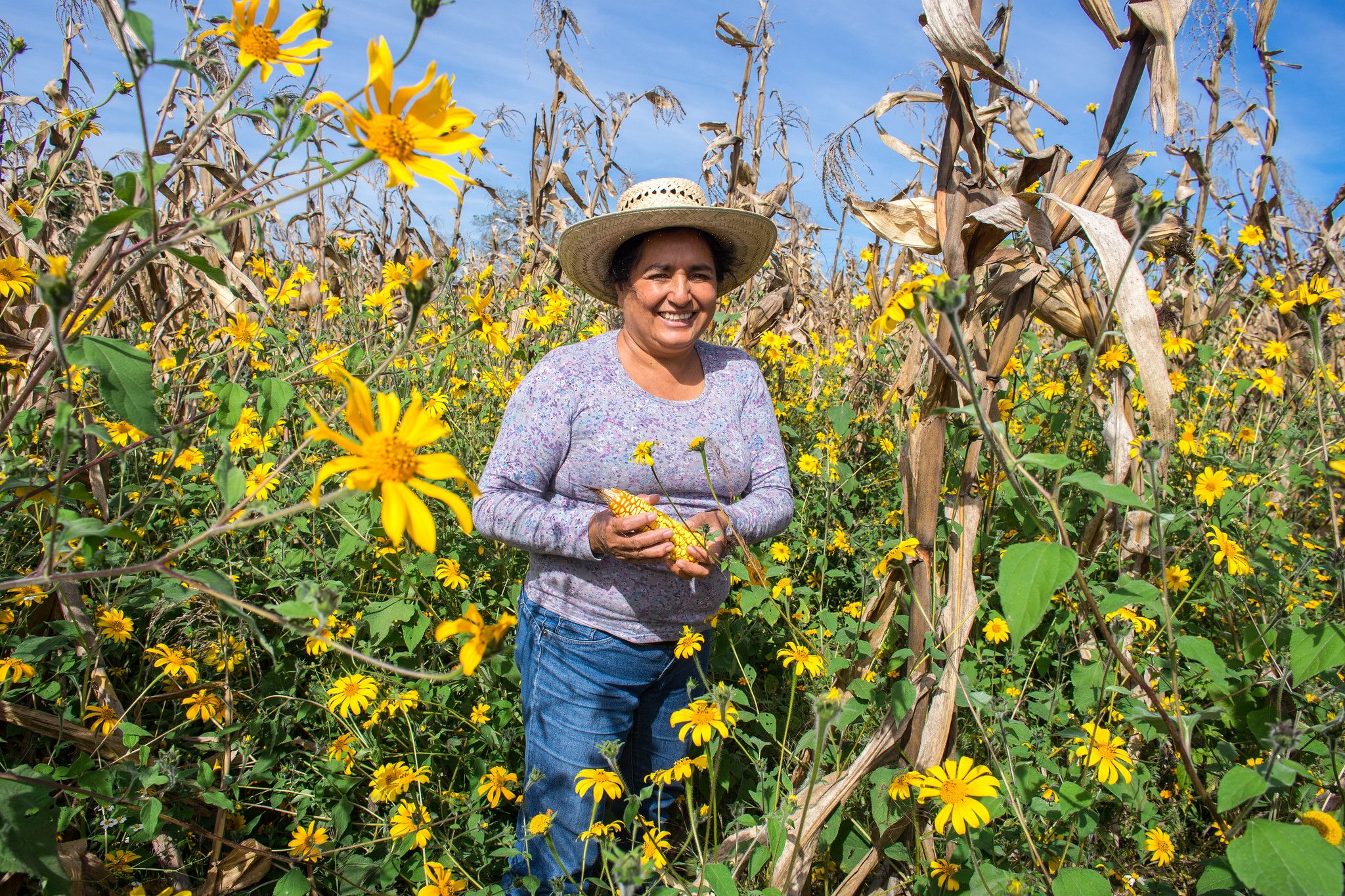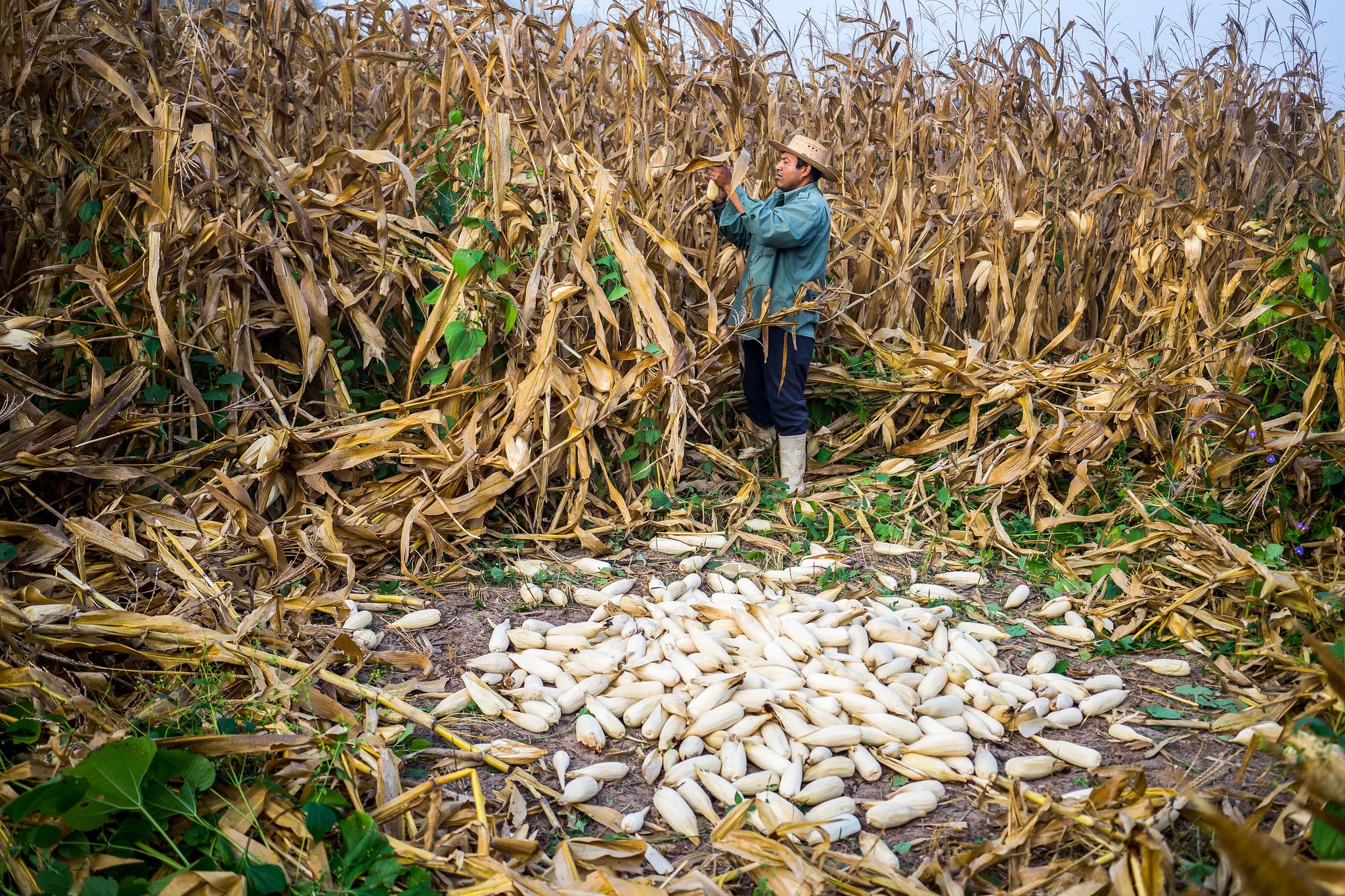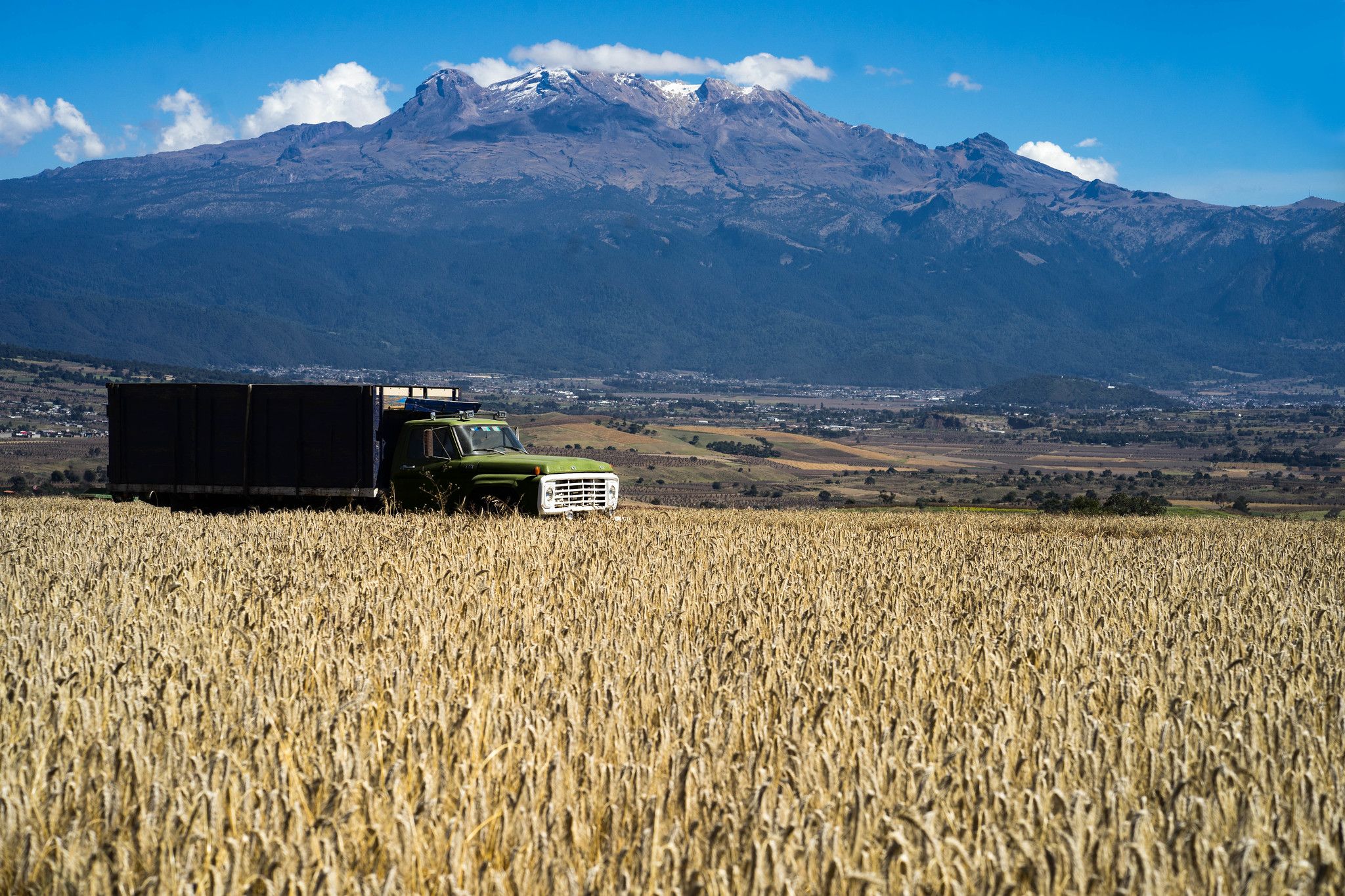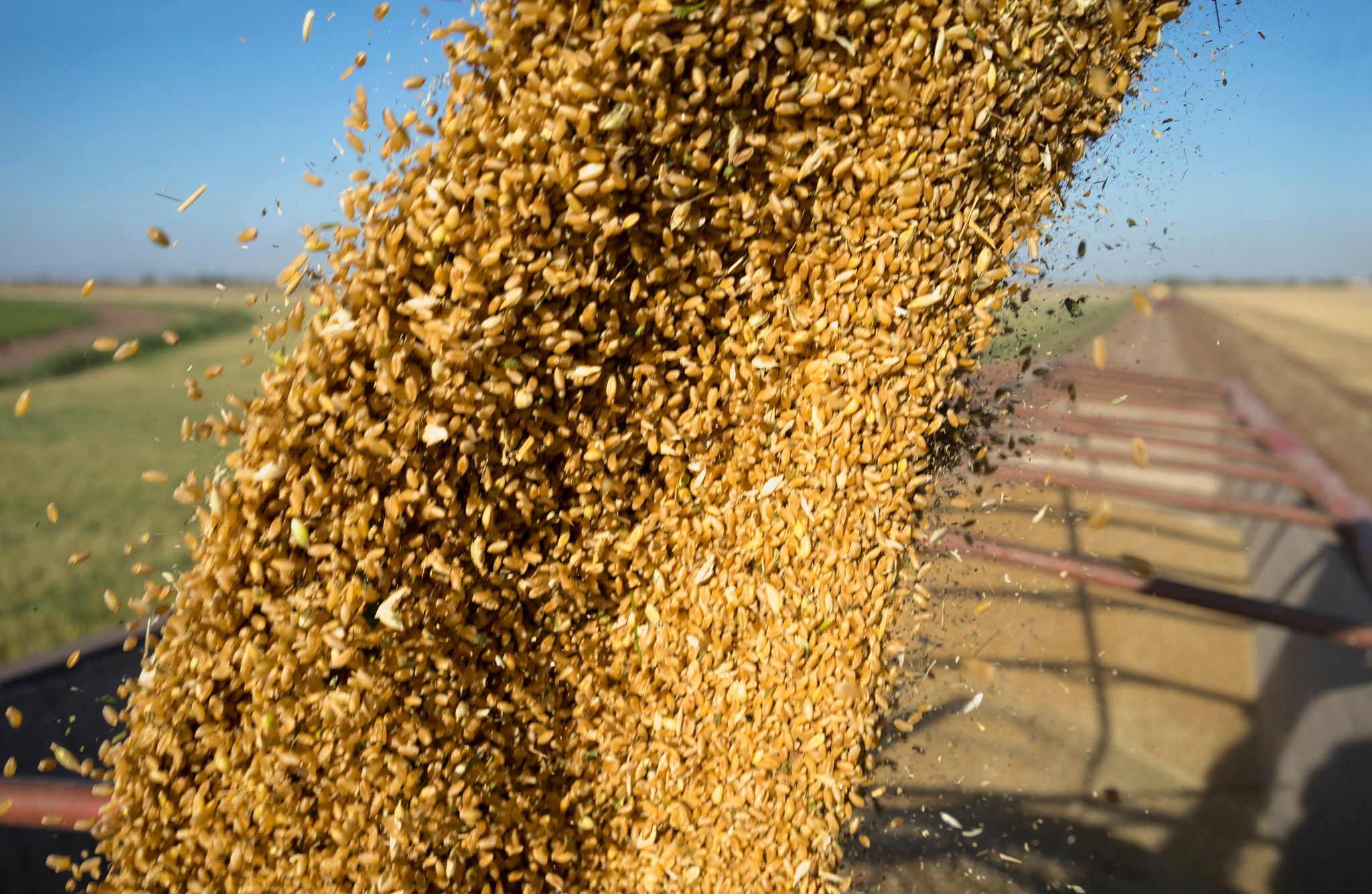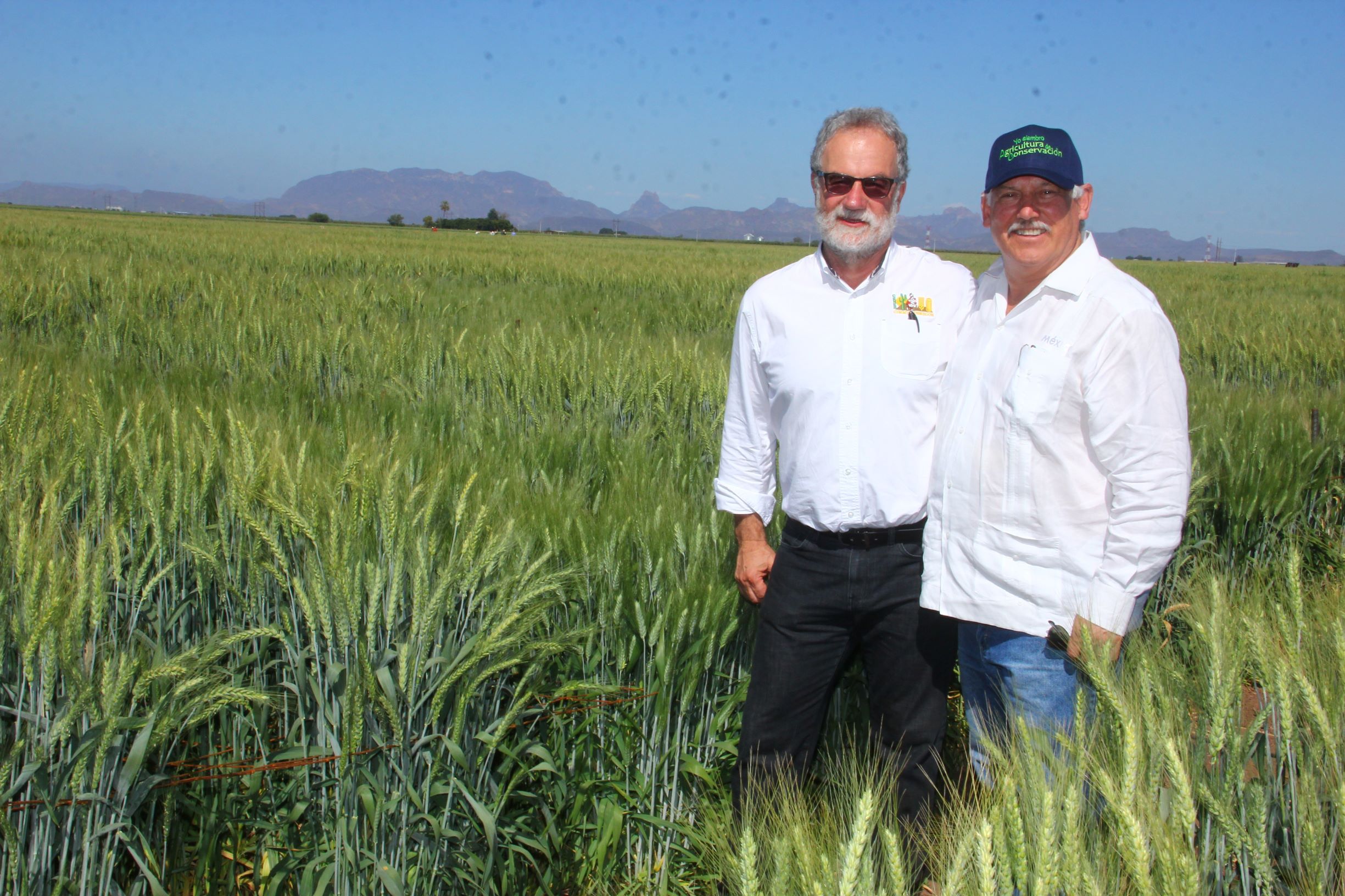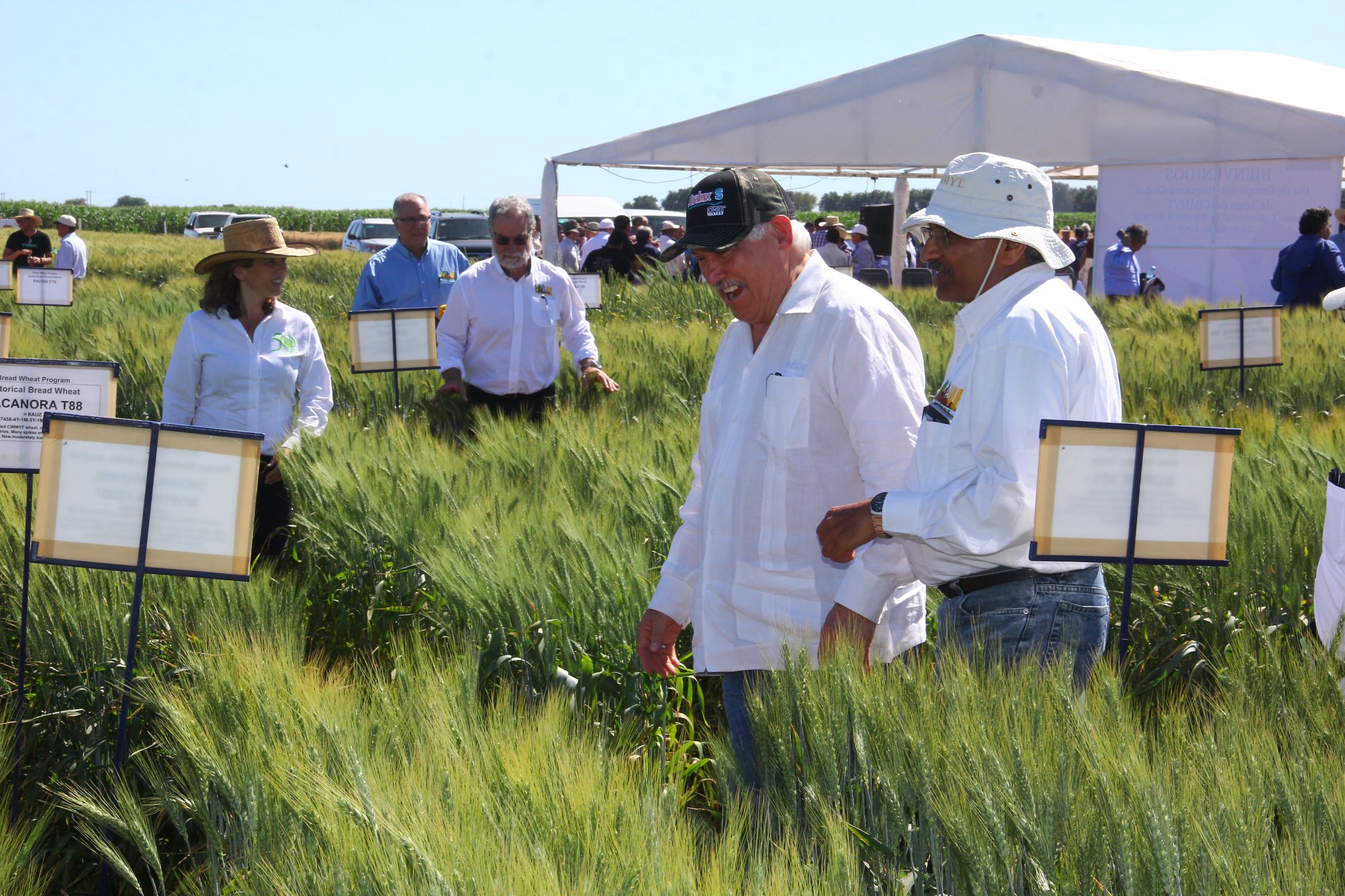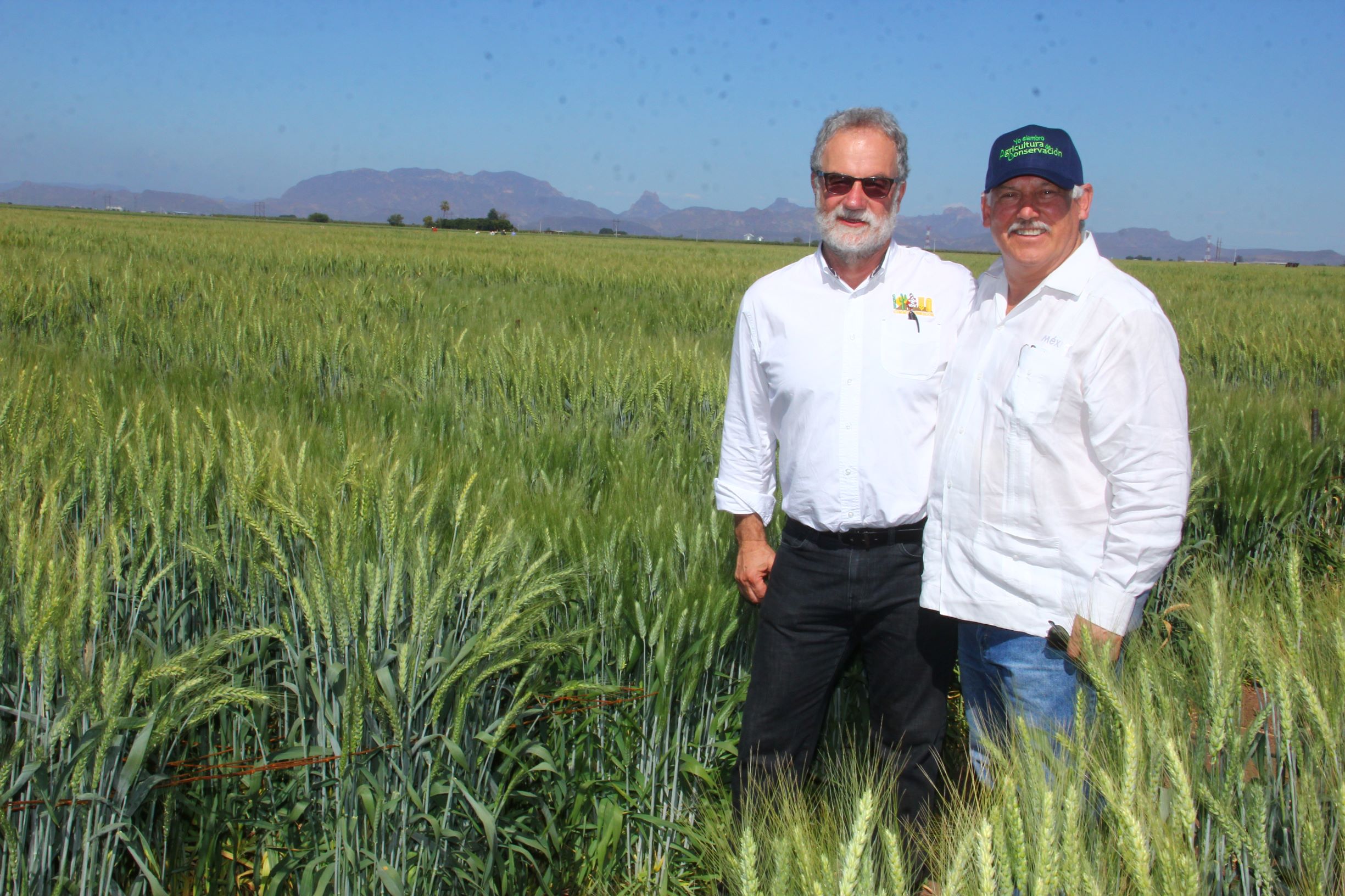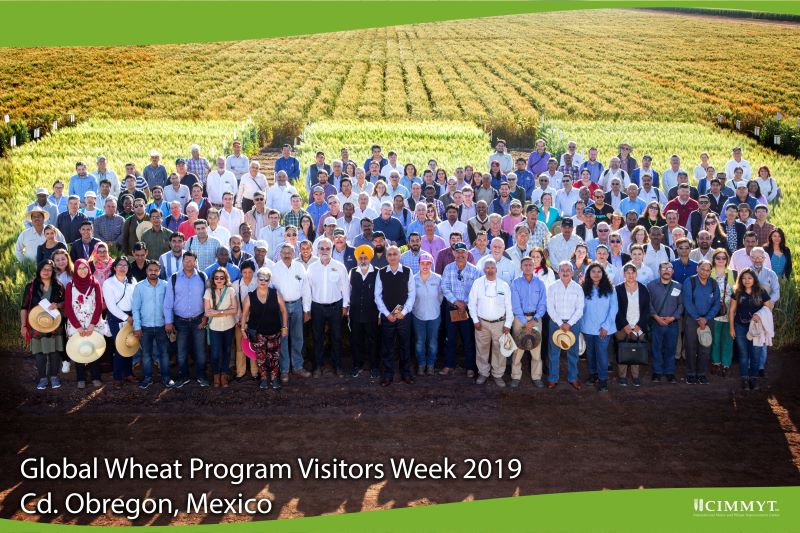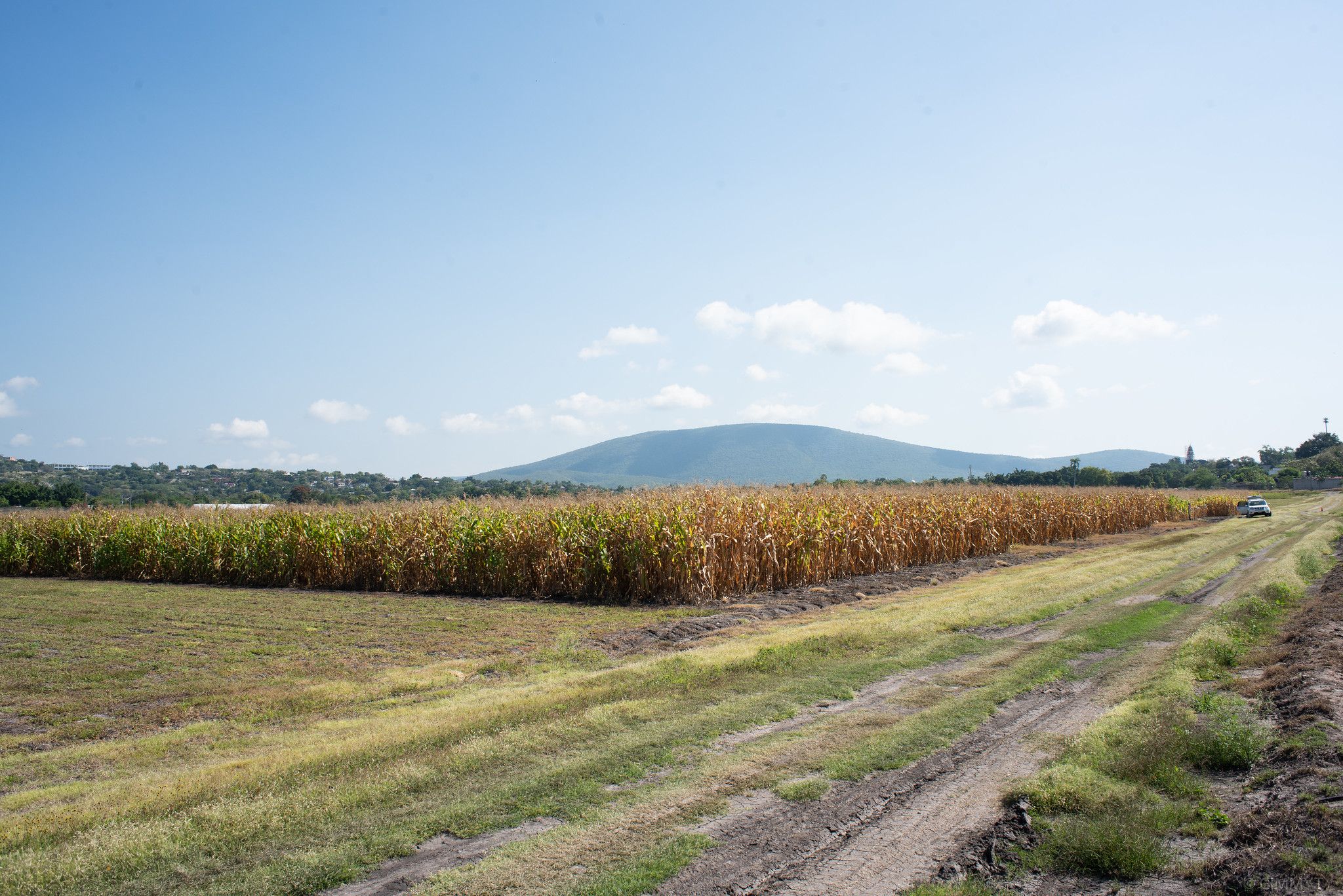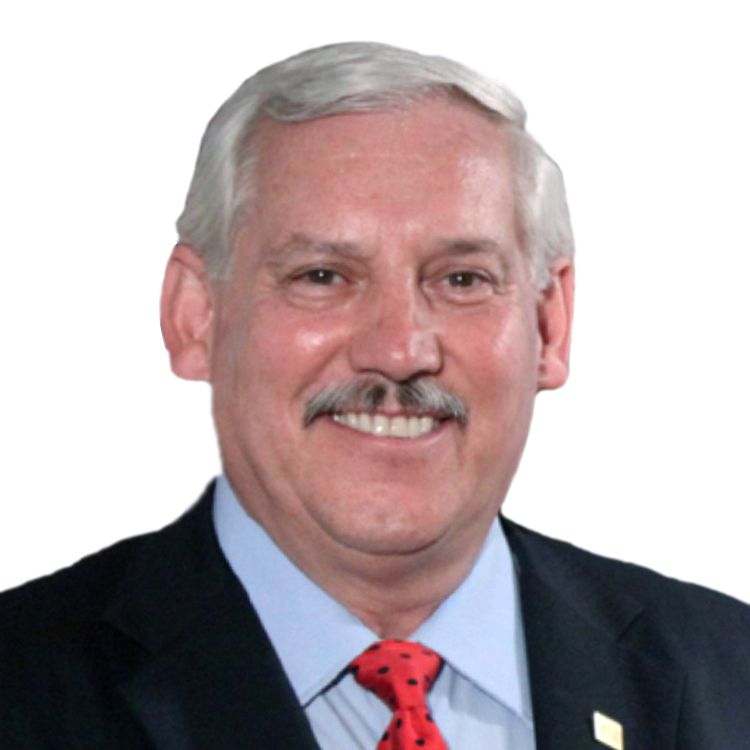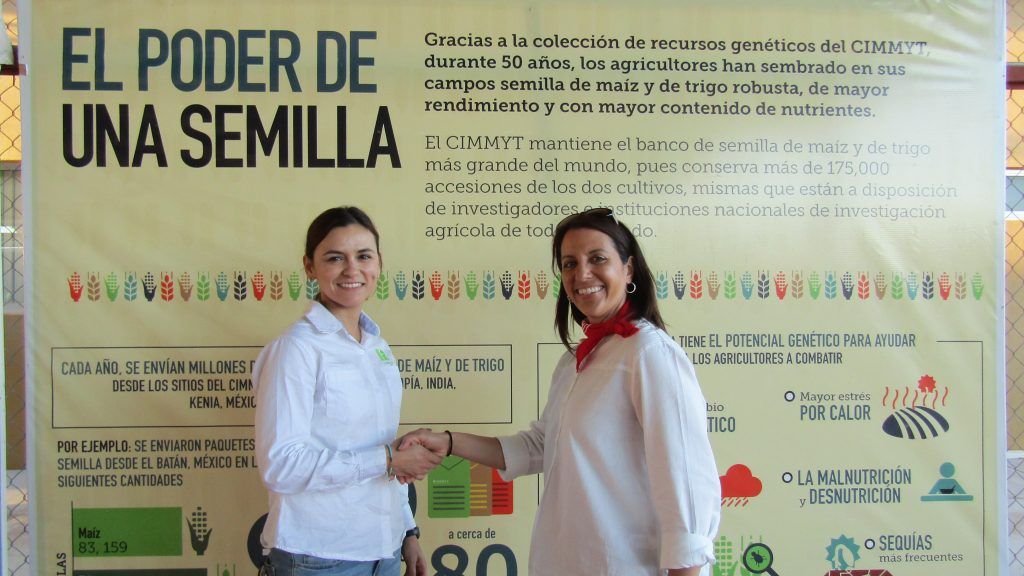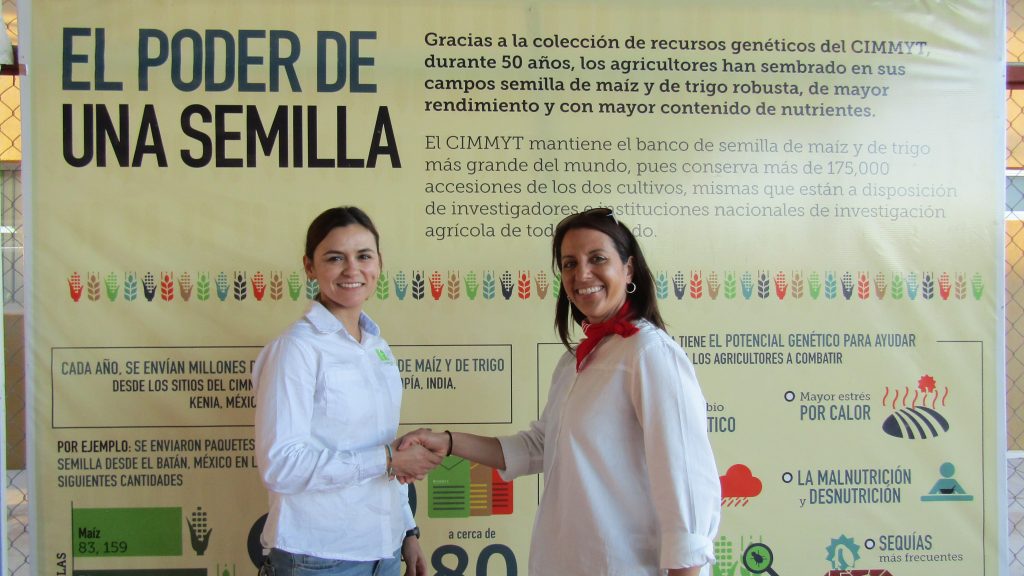New role in Nepal is “a dream come true”
Cynthia Carmona will always remember the directive her supervisor gave to a researcher panicked by mounting paperwork: You go and work on the science. We’ll take care of the admin part.
“They already have their hands full with research and building partnership strategies. They shouldn’t have to be concerned about whether or not an invoice has been sent,” she says.
Growing up in the Mexican state of Sonora, Carmona was aware of the International Maize and Wheat Improvement Center’s (CIMMYT) Obregon experimental station from a young age. “It was an organization that I knew existed, but all I knew was that they worked on wheat.”
After studying international relations at Tecnológico de Monterrey in Mexico City, Carmona spent a couple of years working in government and the private sector but she remained on the look-out for global-facing opportunities. Drawn to the opportunity to work with donors, Carmona joined CIMMYT’s Project Management Unit (PMU) six years ago.
“When I first arrived it was more of a grant management unit and we were divided by grant cycle. One person would work on proposals, another on contracts and so on, so you didn’t really get to see the whole process from start to finish.”
The unit has evolved since then, and growing responsibility means that the team is now divided by specialty, from donor relations and resource mobilization to grant management and monitoring and evaluation. “The structure we have now definitely gives you a broader understanding of each project.”
Carmona stresses that even though PMU staff don’t work in the field or in laboratories, they do make significant contributions to project implementation by encouraging smoother processes, alleviating administrative problems and ‘speaking a common language’ between researchers and management. When she took on the role of grant management coordinator, she impressed upon her team the extent to which their action or inaction could affect the projects they support. “Making things happen was my favorite part of the role, and I saw my job as that of an ‘issue solver’.”
Carmona is currently based in Kathmandu, Nepal, where she is serving as interim project manager on CIMMYT’s Cereal Systems Initiative for South Asia (CSISA) project.
“I’m very excited about this new opportunity. CSISA has always been a flagship project for CIMMYT, so when they invited me to help them it was like a dream come true.”
She first visited Nepal in December 2018, where she spent time shadowing the outgoing manager who provided her with an introduction to the country, the region and the project itself.
“It was like a two-week bootcamp. But even though it was intense, I didn’t feel overwhelmed.”
Working in PMU, Carmona explains, provides a solid background for project management and an understanding of how CIMMYT projects work, from start to finish, as well as how to communicate with funders and build shared knowledge by bringing people together, from scientists and researchers to program and service unit staff.
Besides learning about how a project is run on-the-ground, Carmona is most looking forward to gaining field experience while in Nepal. “Talking to farmers and project teams, listening to their experiences and witnessing CIMMYT’s work on-the-ground really gives you a sense of belonging and a connection to our mission.”

